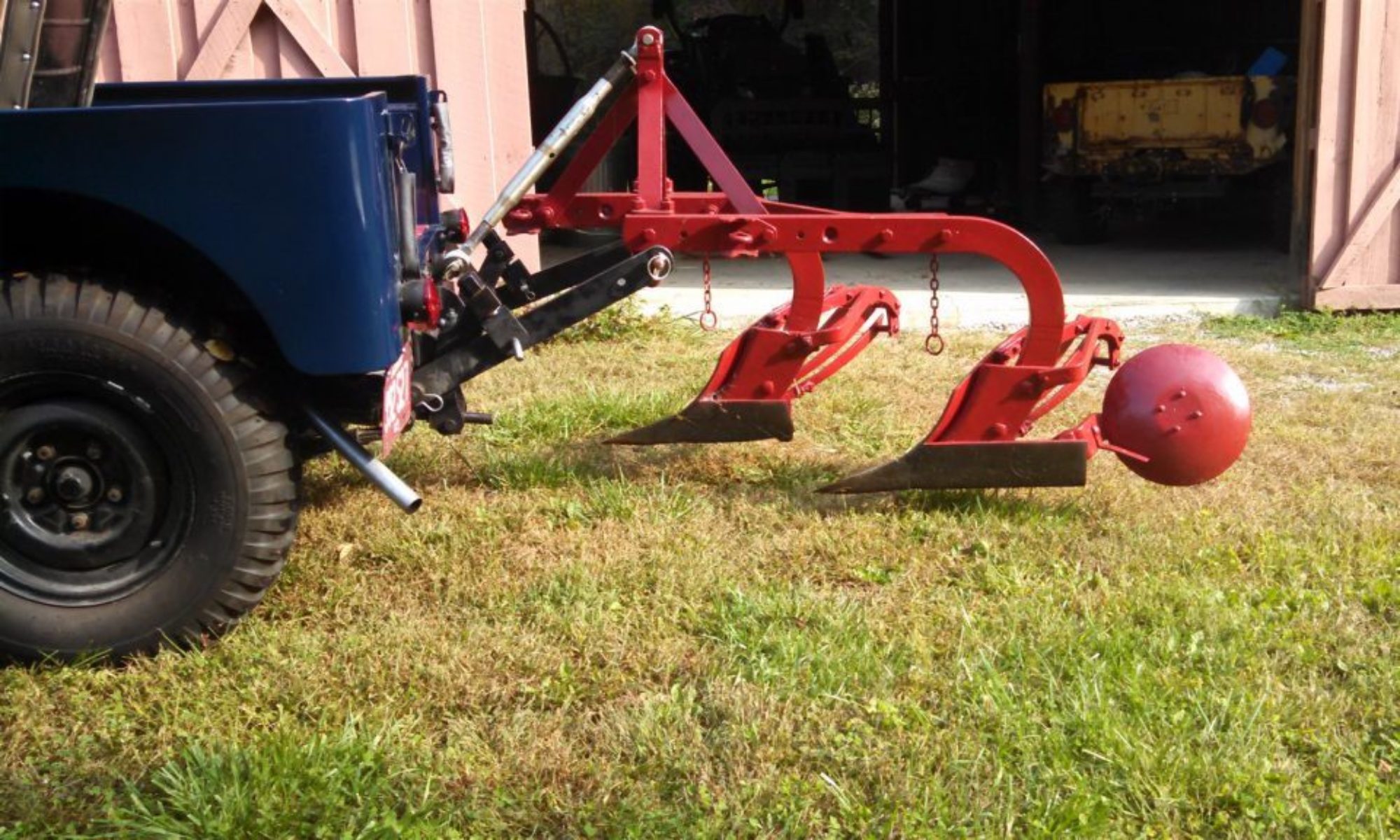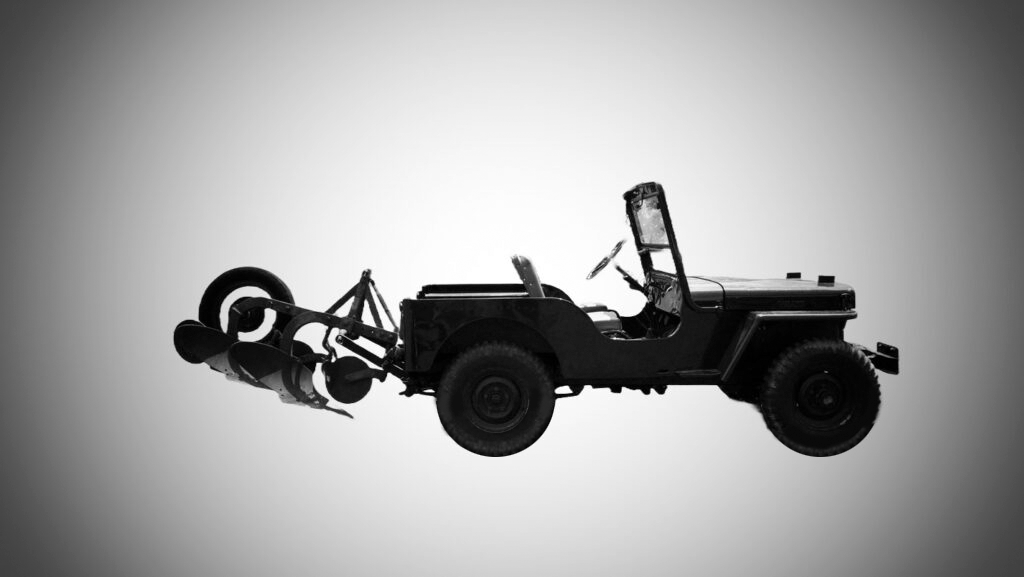
We need help in identifying and recording Farm Jeeps in the wild, especially those with hydraulic lifts. The process is very simple. When you spot any Jeep made between 1945 and 1970, just look at the rear of the vehicle. The Jeep model doesn’t matter, since the hydraulic lifts sold by Willys would work as well in a CJ5 as it would in a CJ2a.
Farm Jeep spotting is a lot like bird watching. You don’t have to be a pro to enjoy it and there are only a few simple rules to follow. The first rule is to be courteous. Most Farm Jeep owners will talk your leg off, but others are more private. If the owner is around, always ask for permission to take pictures. If you spot a Farm Jeep in a public place and no one is around, you can pretty much assume that taking pictures is OK. The bottom line is we want this to be fun for everyone. Let’s get started.
Lifts under the bed
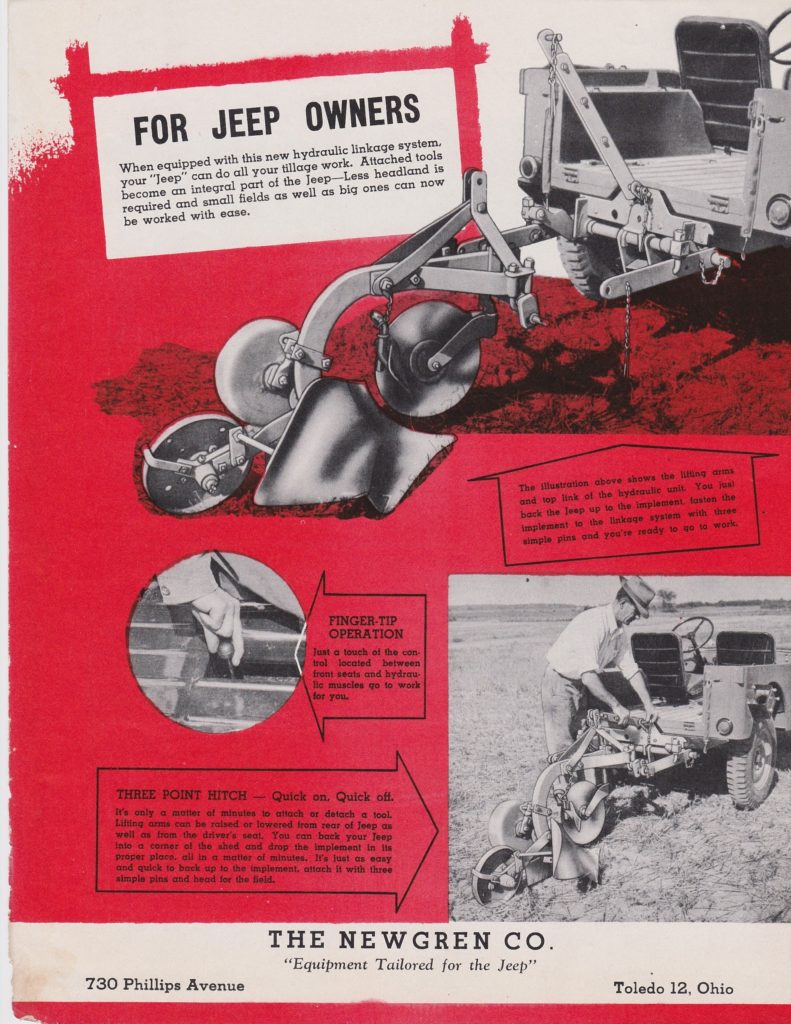
The first hydraulic was introduced in September 1946. It was designed by Jabez Love and sold by the Newgren Company. Within a few months, Newgren made modifications to the lift. Both models have their main units mounted under the bed of the Jeep. One change was the addition of a serial number tab with the Newgren name and a stamped number with the prefix “BL”.
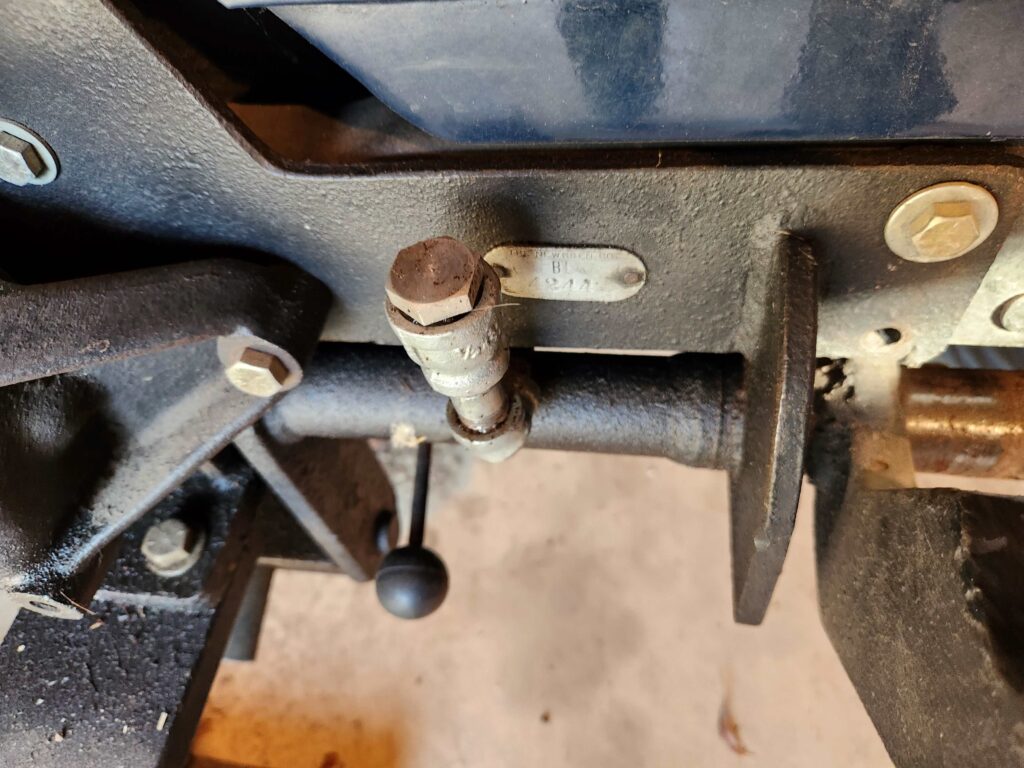
The second change that helps with identification is the method used to attach the lift arms to the implement arms. In the picture below, note the circled linkage.
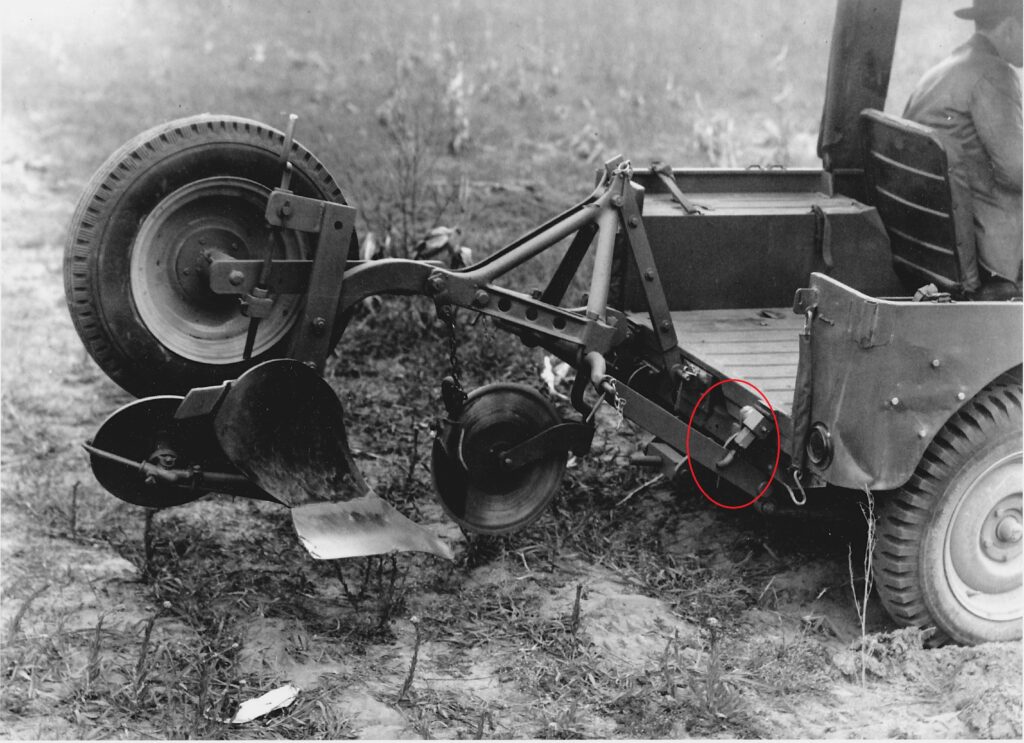
The Love version uses a “J” link, while Newgren used an upside down “U”.
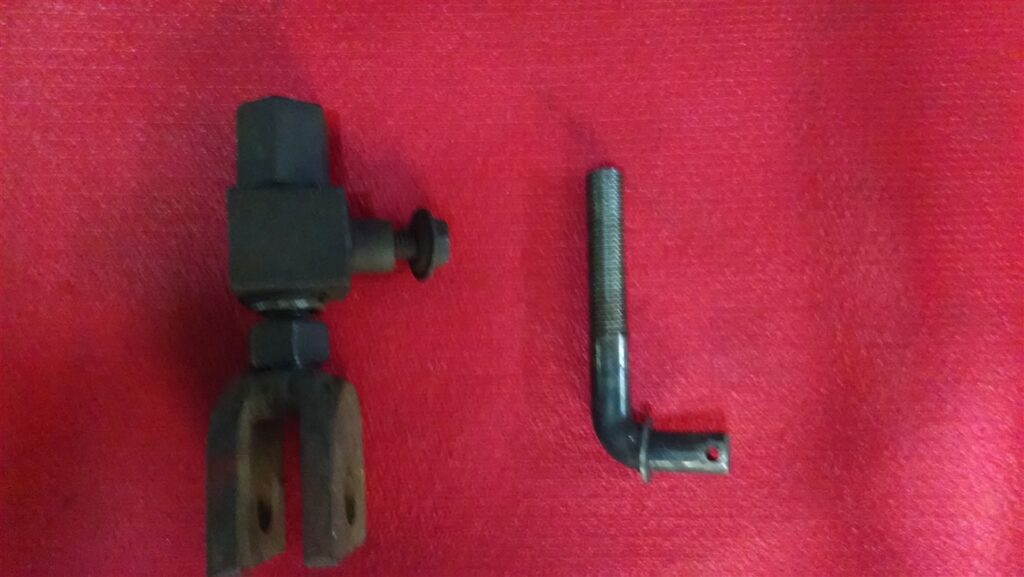
You can read more about the differences in the two lifts here. The Love version was in production for the shortest period of time, the odds are you will see many more Newgren lifts
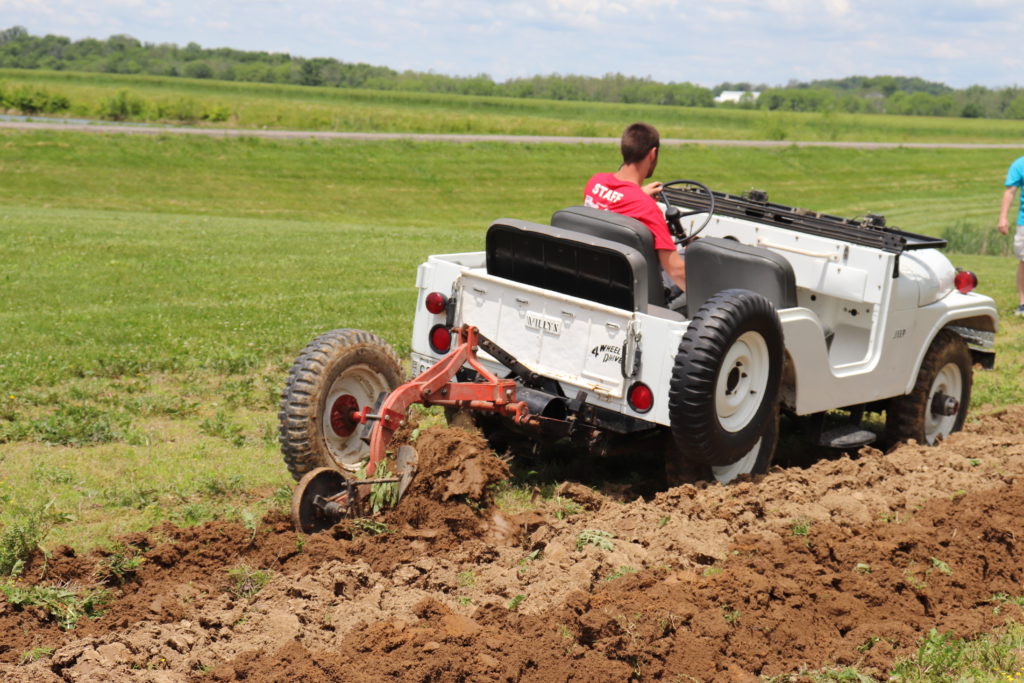
Above is a 1963 CJ5 with a Newgren lift. The next under-the-bed lift was also the last lift sold by Willys. The Stratton Hydro-Implement Lift was produced from around 1960 until the mid-1970s. While the production period was long, the actual number of units produced is unknown.
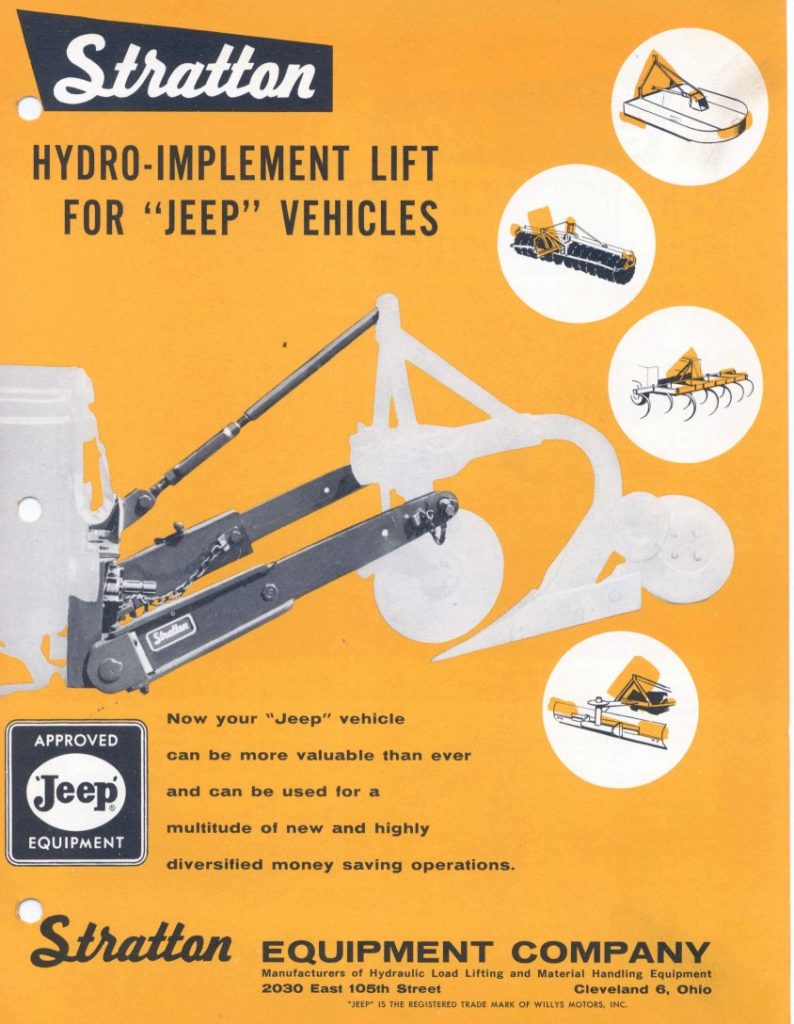
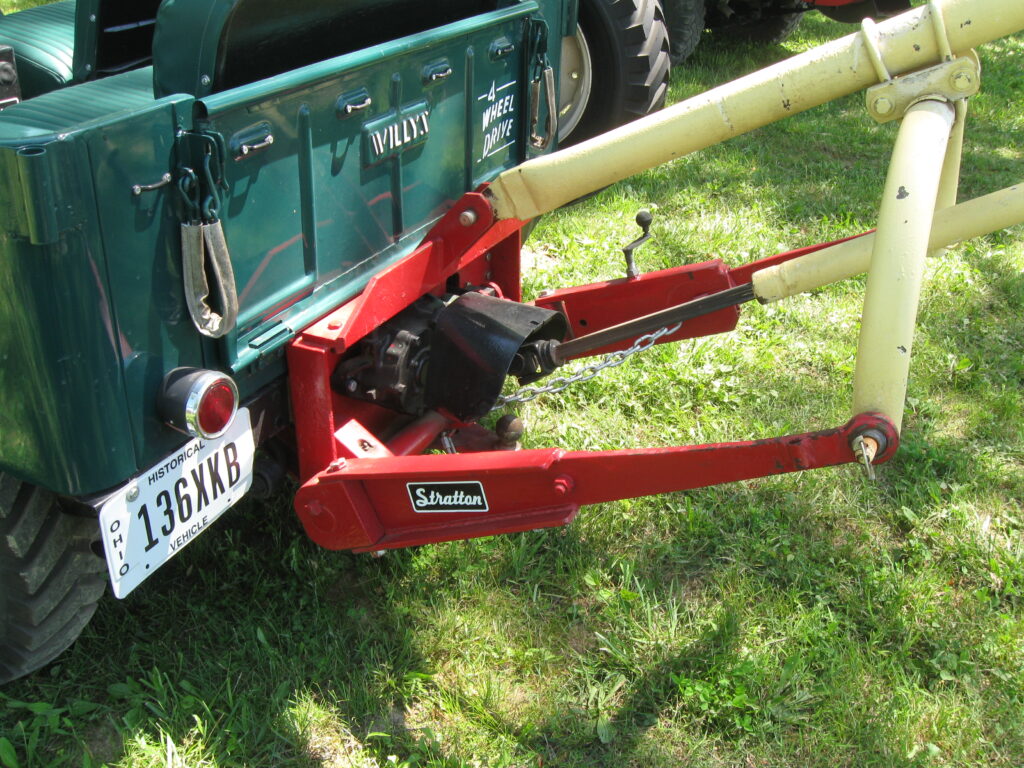
While the Early Love, Newgren and Stratton lifts were “Jeep Approved” (meaning they were available through the Jeep dealer), others sold lifts that installed under the bed. The most well known was made and sold by Jabez Love. You can read more about Love here.
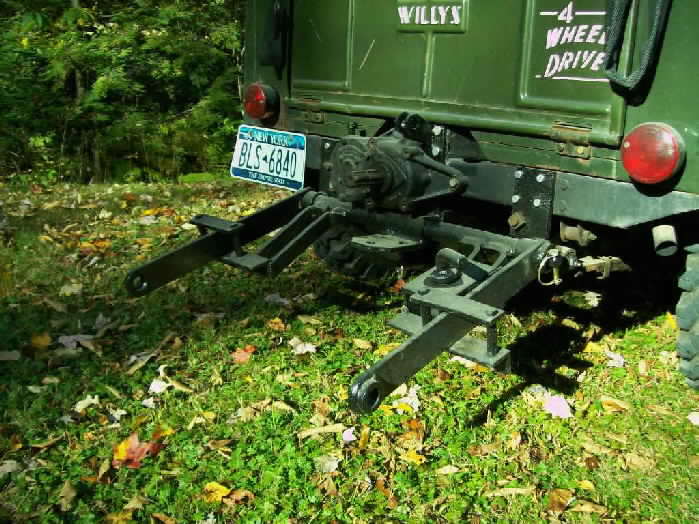
The Loves unique arm lift design makes it easy to identify. Love sold his lifts into the 1950s. There is no information on how many lifts were made.
There are a number of other unidentified under-the-bed lifts made for the Jeep, either by companies or individuals. Here is an example provided by our. friend Clint Dixon.
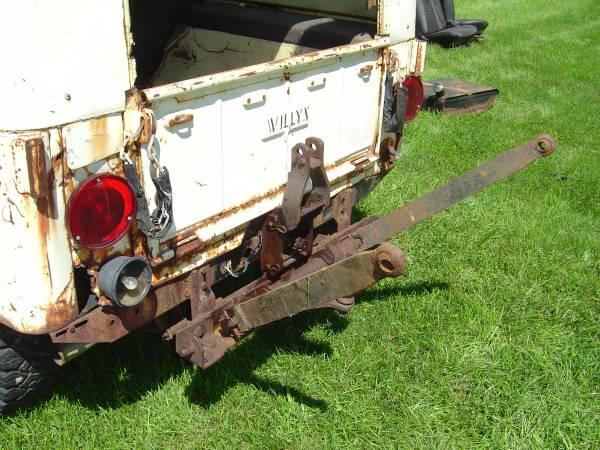
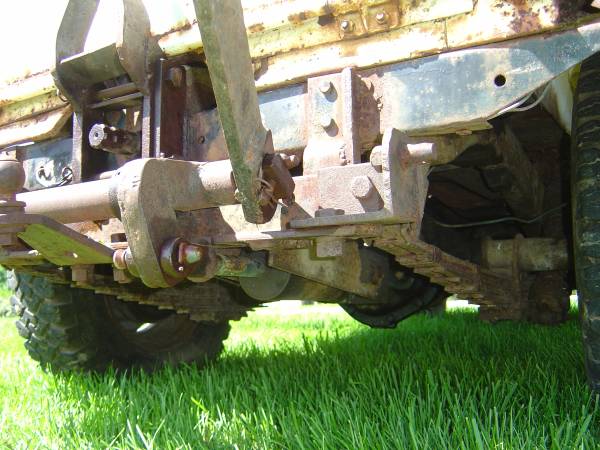
These lifts are also of interest, but not much is known about them.
Lifts in the bed
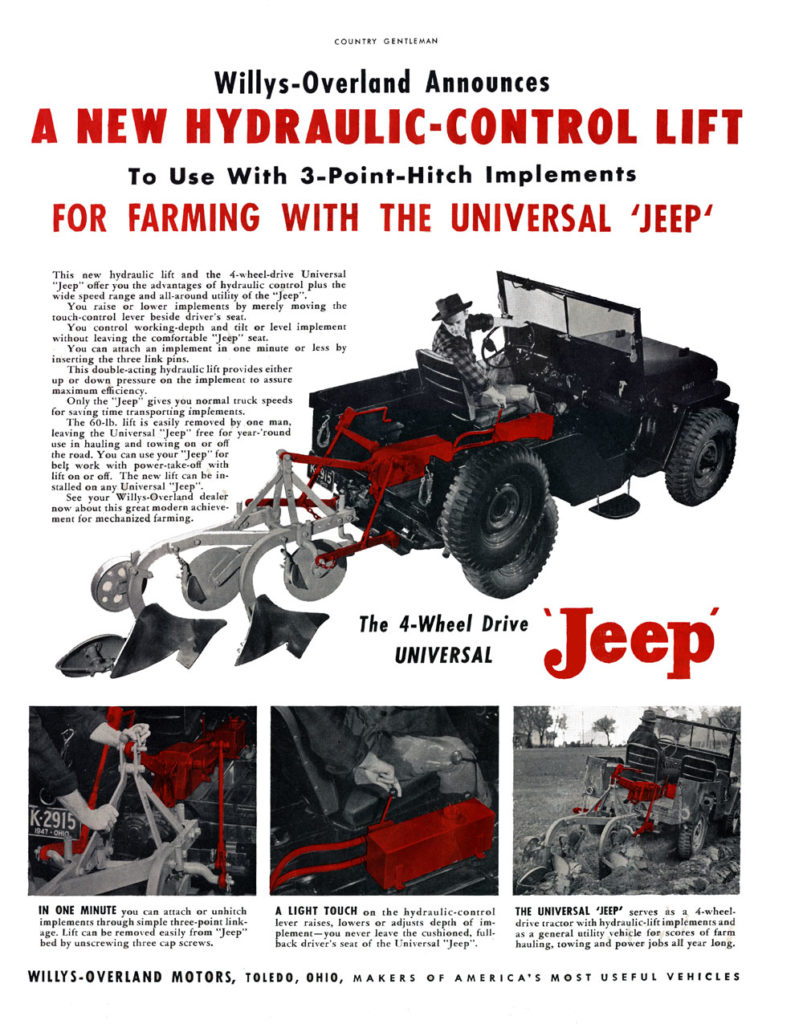
The Monroe lift is the most common and easiest to recognize of the “Jeep Approved” lifts. Even without the lifting arms attached, the main unit takes up most of the rear bed. These lifts were produced from 1948 until around 1956 by Monroe Auto Equipment Company. MAECO was/is most famous for its shock absorbers. They are the only one of the four approved lifts that were placed in the bed.
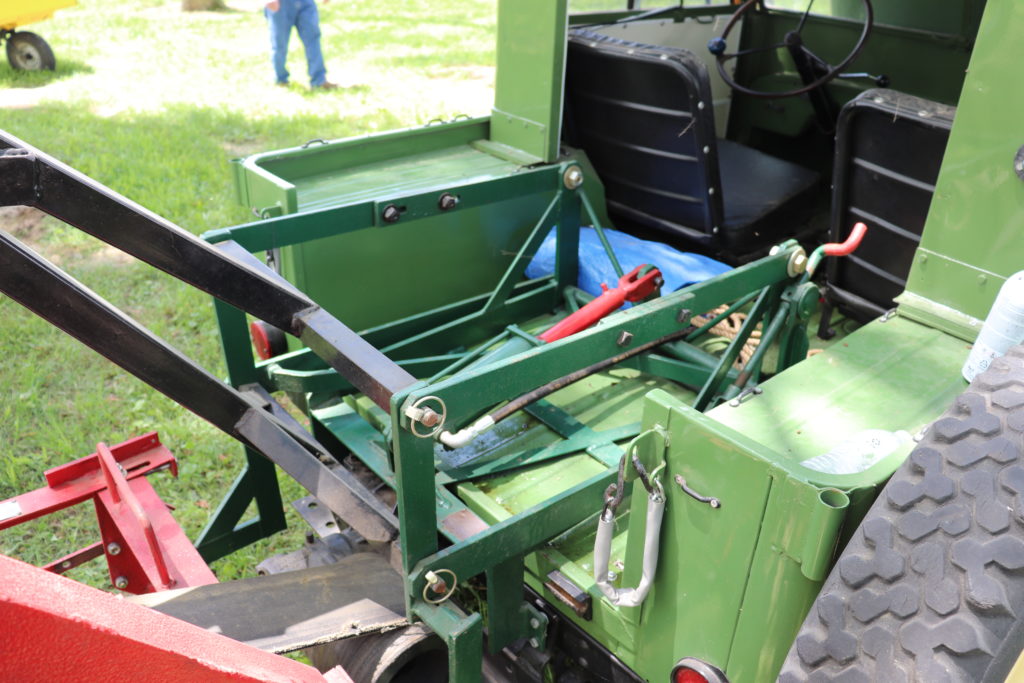
The Farm-Aid lift from the John Ittel collection is the only one that has been documented. Again, its unique design makes it easy to identify. You can read about the Farm-Aid lift here.
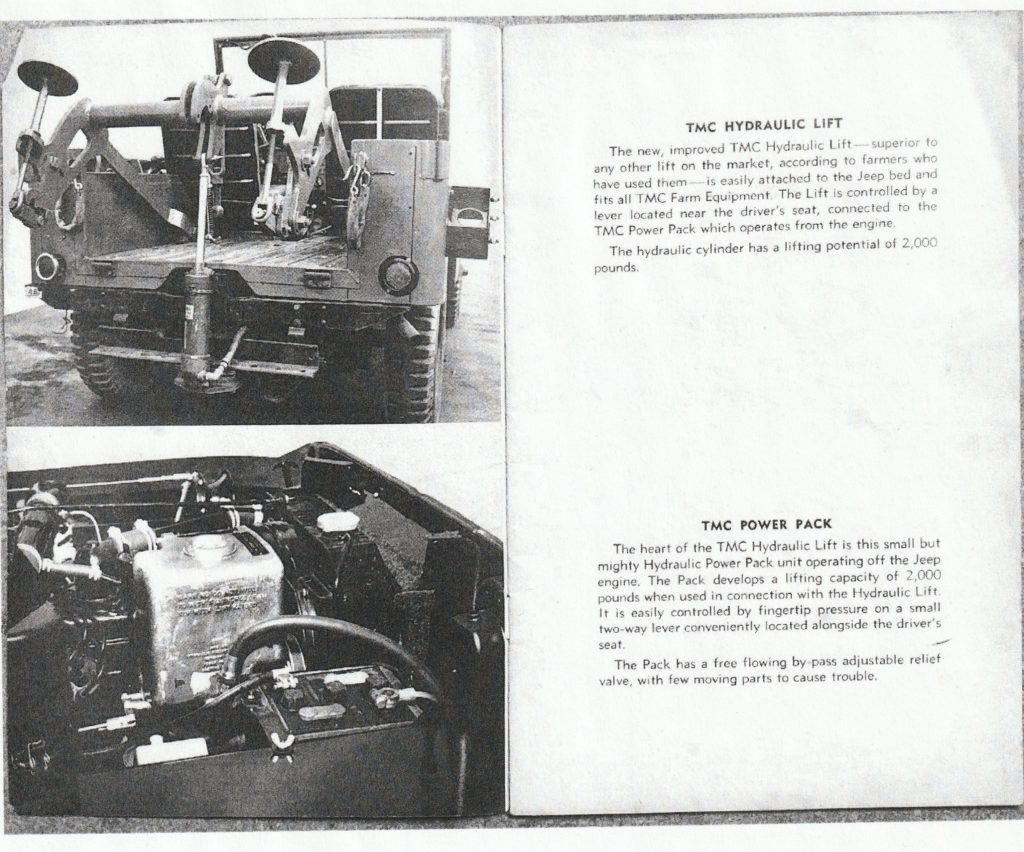
The TMC lift is also extremely rare, but easily recognizable. You can read about the TMC lift here.
Where to look in the wild
Farm Jeeps can appear anywhere. They may appear on the street without an implement on the back. They may be seen on a farm of course or in someone’s driveway. Jeep shows of all kinds can attract them, although they tend to be found where older Jeeps congregate. You can read about our favorite show for seeing Farm Jeeps here.
A place you might not visit, but one that is a natural home for the Farm Jeep is at antique tractor and farm shows. Even if you don’t spot a Farm Jeep, you will see lots of beautiful machines. So check your local area for upcoming shows. You can read about some of the shows we attend here.
What to do when you spot a Farm Jeep
Our goal is to identify as many Farm Jeeps as possible. We hope you join us in this venture, in the name of research and preservation. We have an easy way for you to record your findings. Just take a picture or two and send them to us at barry @ farmjeep . com or evan @ farmjeep . com (remove the spaces)
We will add the pictures to one of our galleries, and you’ll receive our thanks! Happy hunting.
FJ
